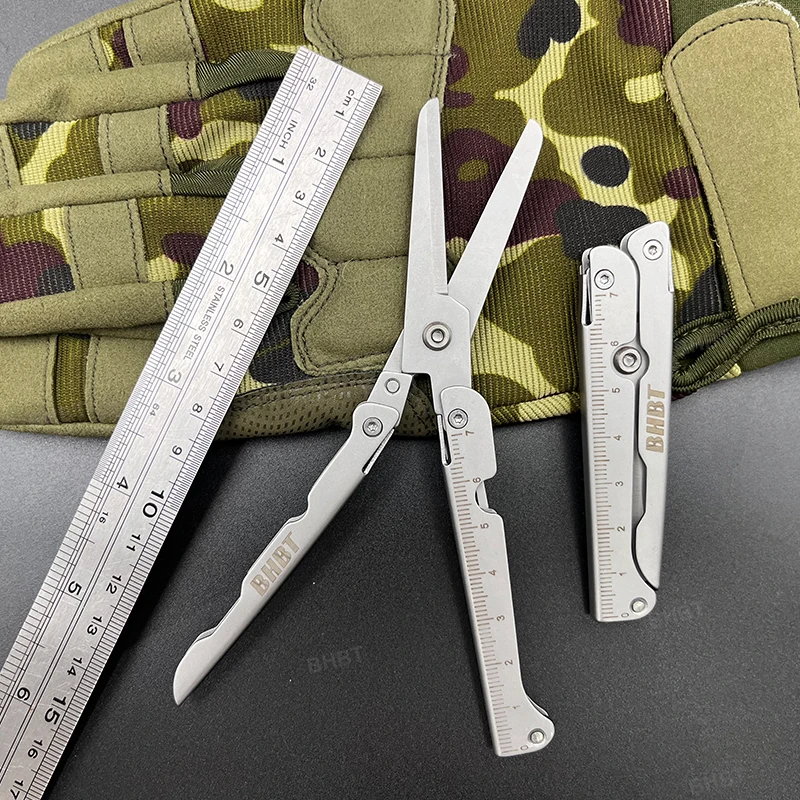Craftsmanship Unveiled: Discover the Unique Products That Celebrate Tradition and Quality
The concept of craftsmanship has captivated human beings for centuries, translating passion and expertise into tangible creations that stir not just admiration but also a deep connection to tradition and quality. In an age dominated by mass production and instant gratification, the art of craftsmanship stands as a beacon, reminding us of the beauty in uniqueness and the stories behind each product. This article will explore how unique products celebrate tradition and quality, examining various facets of craftsmanship that elevate these creations beyond mere objects to cherished heirlooms.
The Philosophy of Craftsmanship
At its core, craftsmanship is a philosophy that emphasizes skill, dedication, and the use of traditional techniques handed down through generations. It’s a commitment to creating products that embody artistry and precision. Unlike mass-produced items, handcrafted goods often reflect the maker's personal touch, offering a story and an identity. This philosophy can be illustrated by several key characteristics:
- Attention to Detail: Craftsmen invest significant time in perfecting every detail of a product, ensuring that nothing is overlooked.
- Quality Materials: Unique products often feature high-quality, durable materials sourced sustainably, enhancing their longevity and appeal.
- Time-Honored Techniques: Many artisans employ age-old methods, preserving cultural practices and contributing to the authenticity of their work.
- Personal Connection: Items crafted by hand often carry emotional weight, as customers appreciate the story behind the maker and the craft.
The Role of Tradition in Craftsmanship
Tradition serves as the backbone of many crafts, reflecting cultural heritage and community identity. Each craft—be it pottery, woodworking, textile design, or metalworking—has its unique practices and techniques that have evolved over centuries. Here are a few ways tradition plays a crucial role in craftsmanship:
Preservation of Heritage
Artisans who embrace traditional methods not only create products but also preserve important cultural histories. For example:
- Japanese Pottery: The ancient art of Raku firing emphasizes simplicity and the beauty of imperfection, reflecting Japanese aesthetics and Zen philosophy.
- Native American Beading: Use of traditional beadwork techniques communicates cultural narratives and values.
Community and Collaboration
Craftsmanship often thrives in communities, where skills are taught through apprenticeship and shared experiences. This collective effort helps keep traditions alive while fostering skills transfer across generations.
Quality Over Quantity
The emphasis on quality in craftsmanship stands in stark contrast to the often disposable nature of mass-produced products. A focus on quality not only enhances the value of the item itself but also contributes to sustainability. Craftsmanship encourages:
- Longevity: A well-crafted item is designed to last, reducing waste and the need for frequent replacements.
- Ethical Production: Many artisans prioritize ethical labor practices and environmentally-friendly methods in their work.
- Customizability: Unique creations often allow for customization, enabling consumers to own products that truly reflect their personal style and needs.
The Impact of Unique Products on Consumer Behavior
In today’s consumer landscape, there is a significant shift towards valuing uniqueness and craftsmanship. Products that celebrate tradition and quality are appealing for several reasons:
- Emotional Connection: Consumers are increasingly drawn to products with a story, which offer them an emotional connection to the craft and the creator.
- Social Responsibility: Many buyers prefer to support artisans and small businesses that adhere to ethical practices and sustainable production methods.
- Investment in Quality: People are willing to invest in higher-quality items that promise durability and value, rather than opting for cheap, disposable alternatives.
Featured Products Celebrating Craftsmanship
Several products exemplify the rich tradition and quality craftsmanship discussed above. One noteworthy item is the BHBT Portable Folding Scissors for Outdoor Use, which showcases attention to detail and practical design.

These scissors are not only compact and easy to carry but also feature durable stainless steel blades, making them suitable for various tasks, whether you're at home or outdoors.
Another remarkable product is the FAW-Volkswagen CC 2010 Diecast Model, a perfect fusion of craftsmanship and detailed design, ideal for collectors.

This model exemplifies quality and durability, making it a perfect addition to any car enthusiast's collection.
For those who love music, the Gold Alloy Fretboard Press Tool Set for Guitars is a must-have. It not only showcases quality but also enhances the musicians' experience.

This tool is crafted to achieve perfect fret leveling, making it suitable for musicians who appreciate the finer details of their instruments.
Conclusion
The art of craftsmanship serves as a powerful reminder of the beauty of tradition, quality, and the unique product. In a world where mass production often overshadows individuality, craftsmanship invites us to appreciate the stories woven into the fabric of each creation. By supporting artisans and prioritizing unique products, such as the BHBT Folding Scissors, FAW-Volkswagen CC Model Car, and Gold Alloy Fretboard Press Tool, we not only celebrate the skill and dedication of craftsmen but also embrace a more sustainable and meaningful approach to consumption. As we look to the future, let us continue to cherish and promote the art of craftsmanship, ensuring that these traditions and the artistry behind them endure for generations to come.











